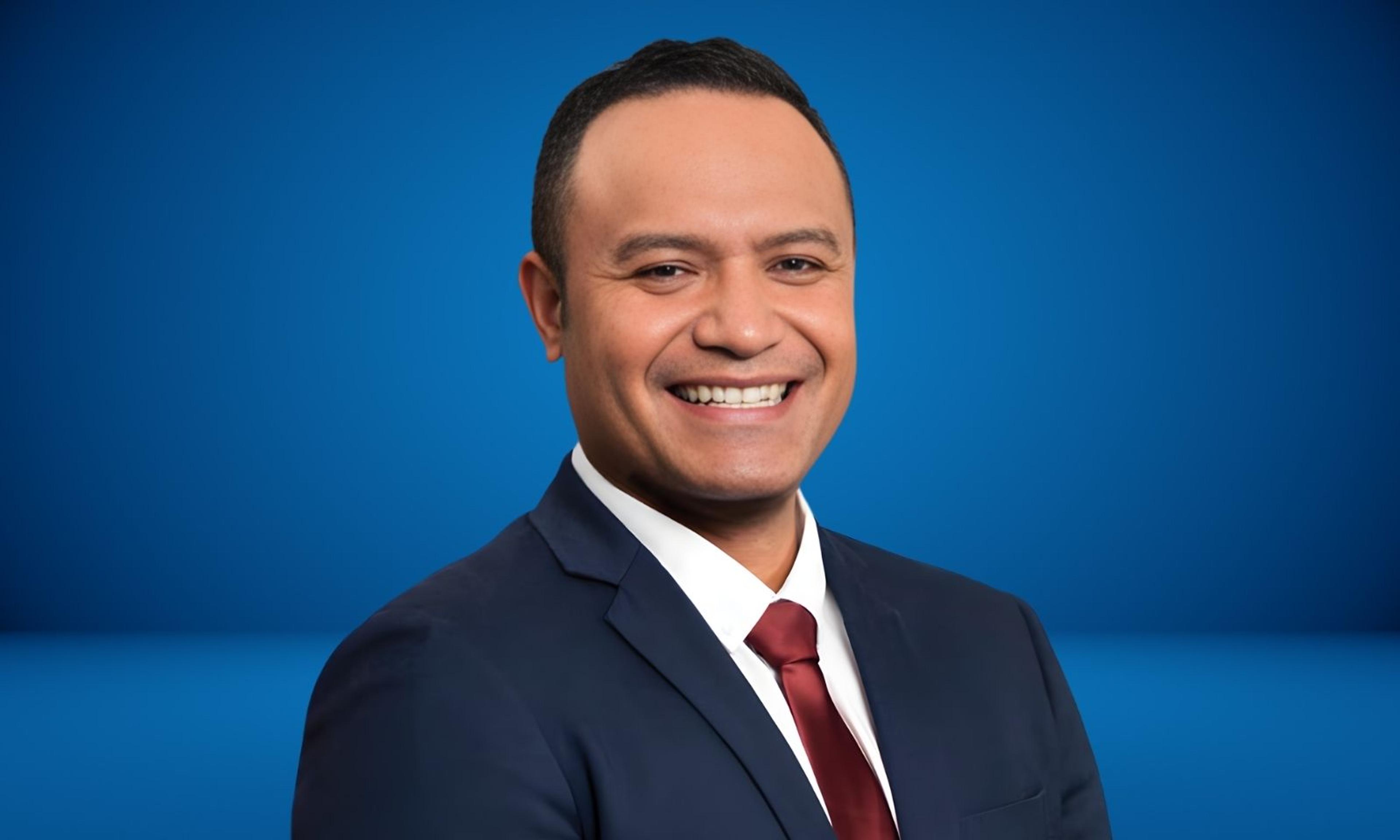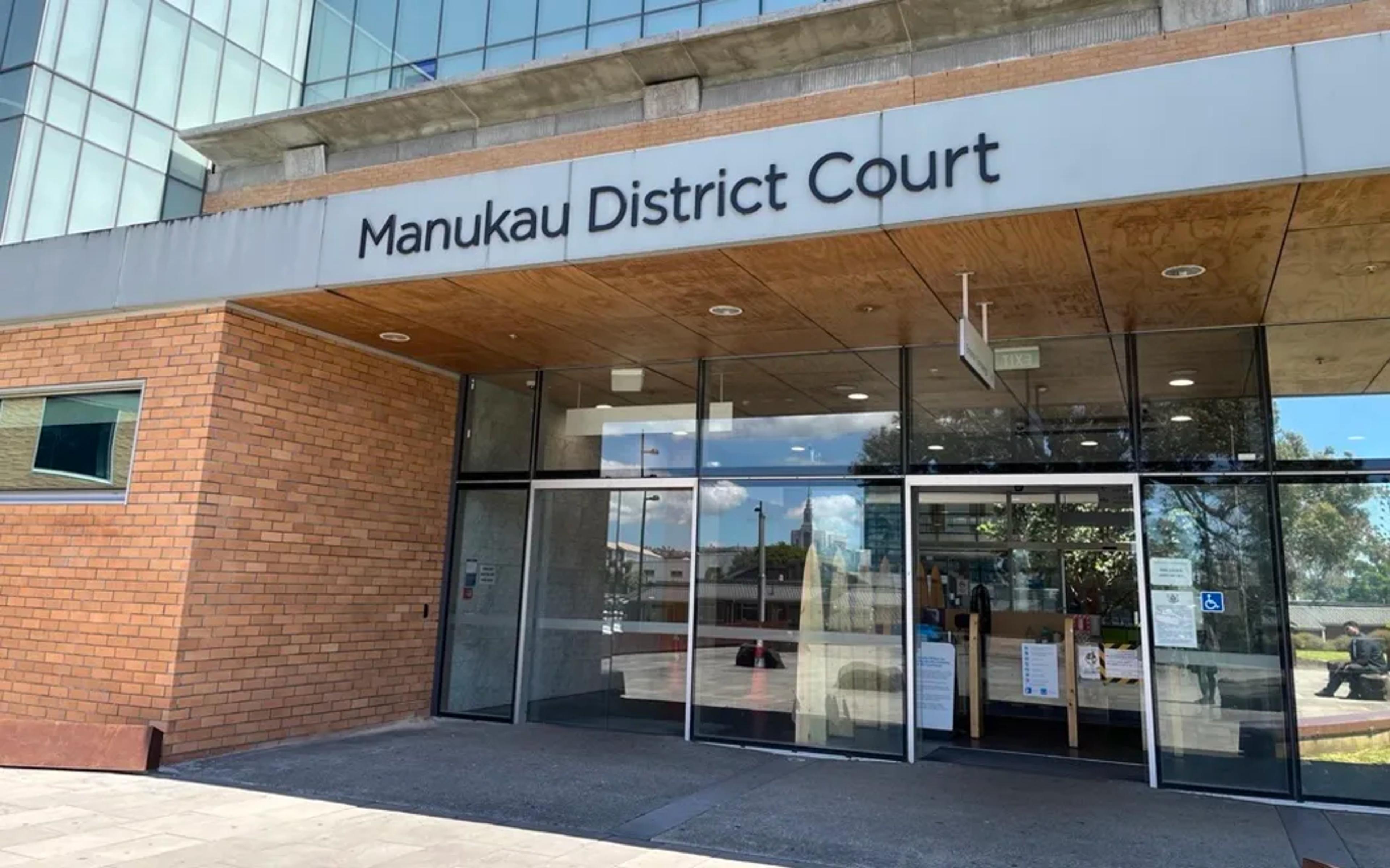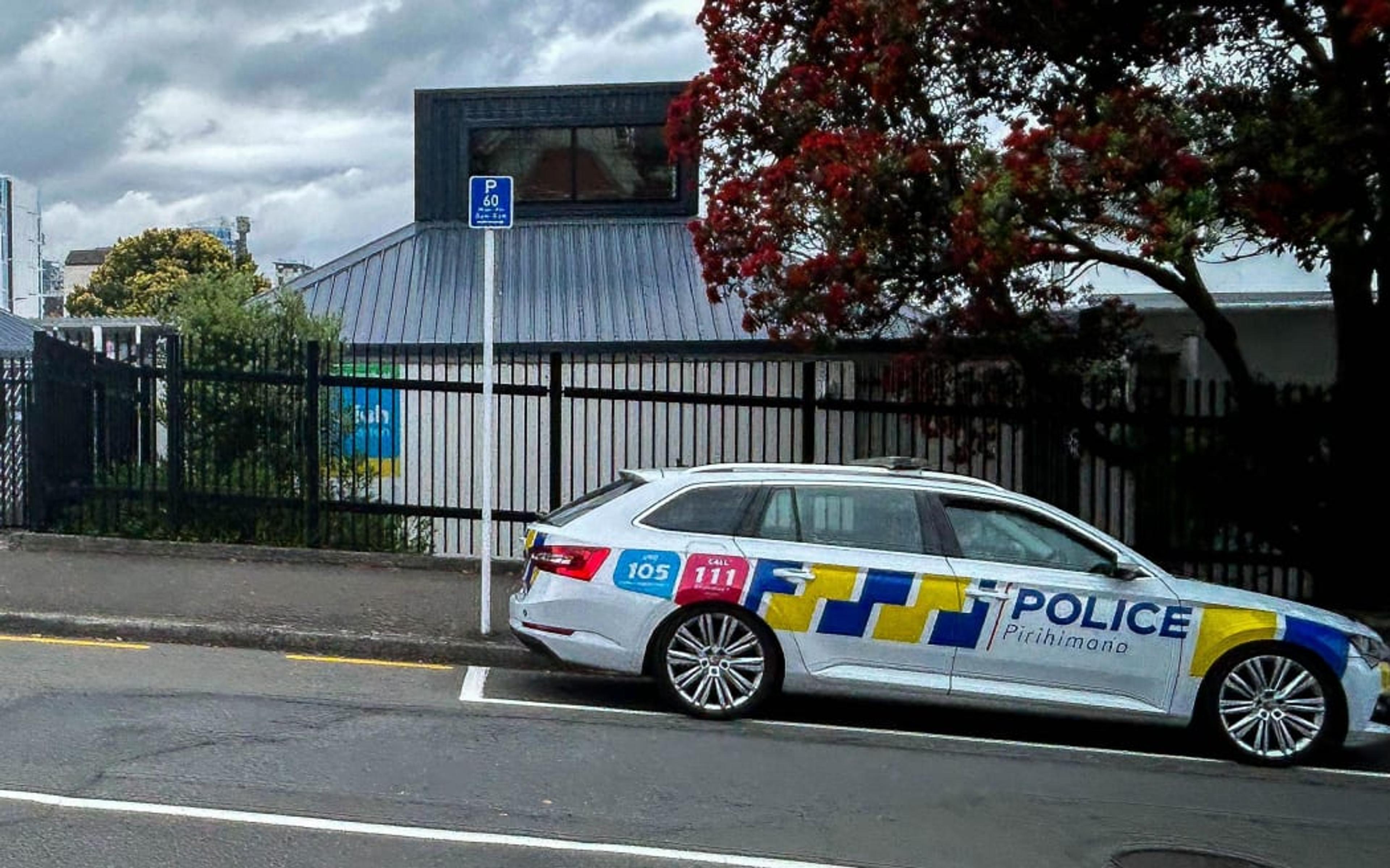

Dr Sione Vaka.
Photo/Youtube/TEDx Talk.
Breaking down the nationwide Suicide Prevention Plan through a Pacific lens
Pacific mental health expert Dr Sione Vaka weighs in on the Government’s new Suicide Prevention Action Plan and what it means for Pacific communities.





Tonga’s new PM sparks wide debate amid praise and concern


Pacific health leaders warn cancer surge looms: ‘Early action cannot afford to wait’



Tonga’s new PM sparks wide debate amid praise and concern
A Pacific mental health academic welcomes a recently announced suicide prevention initiative but says its direction for Pacific communities remains unclear.
Health Minister Dr Shane Reti and Mental Health Minister Matt Doocey launched the Suicide Prevention Action Plan on Tuesday.
This nationwide initiative, which has a whole-of-government focus, will run from 2025 to 2029. It prioritises four areas: early intervention, improved access, workforce support, and improved understanding of suicide prevention.
Speaking with ‘Alakihihifo Vailala on Pacific Mornings, Dr Sione Vaka says the plan acknowledges both the need for culturally responsive approaches and some disparities in Pacific communities.
“I think it's not really clear that that’s the pathway for our people - it’s pretty general in terms of the focus areas,” Vaka says. “There's not much [clarity] for our Pacific people.”
He adds programmes like Le Va’s FLO: Pasifika for Life have been effective in community engagement but require further investment.
The suicide prevention plan focuses on community-based funding, such as supporting culturally relevant initiatives. Funded by Health New Zealand - Te Whatu Ora, FLO: Pasifika for Life is the country’s first national Pasifika suicide prevention programme.

Photo/Supplied
“In terms of psychological distress, Pacific people are pretty high: 25 per cent,” Vaka says. “They identified the age group around 25 to 44, and also 45 to 64, so we need to build on the work that FLO has already started and strengthen those networks.”
The plan also notes that Pacific youth aged 15 to 24 have a suicide rate around one and a half times that of older Pacific adults. Vaka says there are many reasons, such as social issues.
“One of the big things as well is about identities, the pressure of the community, and the online spaces as well in terms of social media,” he says. “Moving forward, to get more youth intervention, get them to come to the table, highlight what they want, and then we listen to those voices and tailor the service.”
The plan also includes the Pacific Suicide Prevention Community Fund (PSPCF), a contestable pool of funding that supports Pacific-led suicide prevention and postvention initiatives.
Listen to Dr Sione Vaka's full interview below.
It aims to empower Pacific communities to design, lead and deliver culturally grounded responses to suicide, drawing on local networks such as churches, youth groups and cultural spaces.
Vaka says he supports PSPCF, especially since existing community groups like churches are already using culture to support others.
“I know for the Tongans they have structures like the Faikava [sharing kava], which we know helps in terms of anxiety, PTSD, and those other factors. Tapping into those community initiatives and making sure that we're able to capitalise on their strength is important.
“However, one of the things that we need to be careful about in terms of working with them is… regular monitoring of the design to ensure that it is effective.”

Photo/Supplied
Vaka agrees that many strengths within the community are underutilised at times and should be used.
“One of the challenges with funding that already exists is because those people have done great work, but they're not sure of how to apply for funds, so maybe we should support those community groups continue the great work that they are doing.”